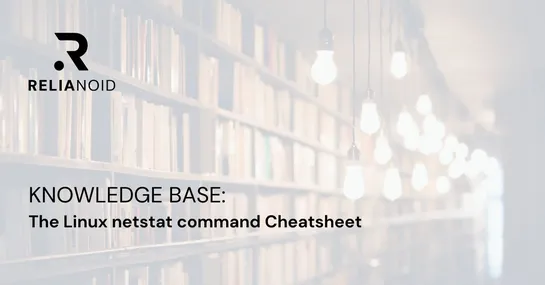Building a Redis Clone from Scratch – In-Memory KV Store with TCP
A solo dev just spun up a public build of aRedis-style key-value store in Java—lean, thread-safe, and backed by a custom TCP server. Right now it handlesGET,SET, andDELETEover a socket-level protocol. No HTTP. No bloat. At its core: aConcurrentHashMapdoing the heavy lifting. Fast, in-memory, and de..








